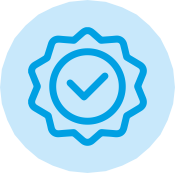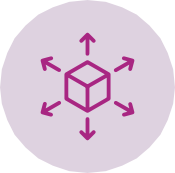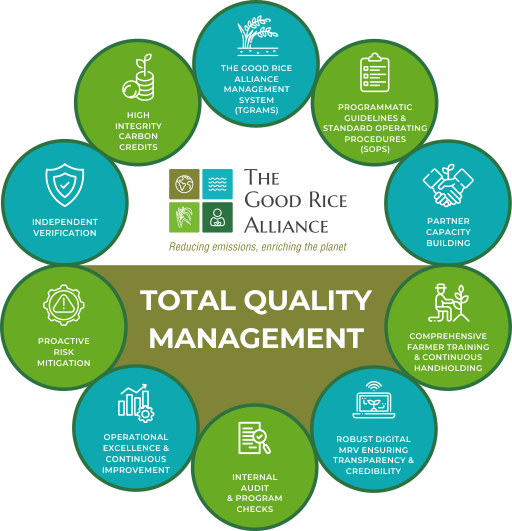Quality
Building trust through quality systems:



Our guiding principle, ‘Quality is a Journey, Not an Accident,’ signifies our thoughtful and evolving approach deeply rooted in our culture. Precisely designed Standard Operating Procedures (SOPs) outline every step, from farmer onboarding to data collection, ensuring clear roles and responsibilities. This meticulous approach guarantees efficiency, maximizes effectiveness, and minimizes room for error.
To ensure the seamless implementation of the program and its true purpose, The Good Rice Alliance Management System (TGRAMS) has been developed. This system acts as a lynchpin, guaranteeing the delivery of optimal outcomes, including the issuance of carbon credits. It operates in alignment with programmatic guidelines and SOPs, ensuring a standardized and effective approach.
Exceptional Outcomes: TGRAMS monitors every step, guaranteeing adherence to programmatic guidelines and SOPs, ultimately leading to the issuance of verifiable carbon credits.
Proactive Risk Mitigation: We understand the challenges farmers face. TGRAMS provides timely handholding and periodic crop reviews, empowering farmers to proactively address the crop management issues, and optimize their yields.

Additionality, leakage prevention, scientific GHG quantification:
The project clearly demonstrates financial and legal additionality. Moreover, non-flooded rice cultivation is not a common practice in irrigated paddy production in India. Farm-level baseline is established by ensuring that all the farms enrolled in the project have been previously practicing the traditional PTR method substantiated by farmer recall survey and remote sensing. We’re transitioning smallholders from continuous flooding to more sustainable practices. We provide training and handholding support, the absence of which would hinder the adoption of new practices.
We ensure low leakage risk through sustained yields and balanced use of nitrogenous fertilizers.
A precise direct measurement set up to measure Methane and Nitrous Oxide emissions from the traditional PTR practice as well as AWD and DSR practices promoted in the project has been established in collaboration with the International Rice Research Institute (IRRI).
Comprehensive profiling of each enrolled farm:
Our field officers visit each farm at least 12 to 15 times each season and collect over 120 data points per farm with time stamped and validated pictures, profiling factors such as irrigation practices, (impacting methane emissions), machine and pump use (impacting carbon dioxide emissions), fertilizer application (nitrous oxide emissions), and amount of water applied (for co-benefit mapping). Additionally, we gather social and economic data, including farm labor (male and female, domestic and hired), wages paid, and cost of cultivation. This comprehensive approach ensures that we account for both social impact and economic viability. Leveraging MRV data from 25,000+ hectares, we continuously assess and refine the accuracy of our remote sensing technology, ensuring that the program’s outcomes stay credible and actionable.
Building proficiency of field personnel through periodic training:
Regular capacity-building sessions for field personnel, including agronomy and MRV training, underscore the importance of guidelines and data integrity.
Detailed training programs are conducted for field teams, equipping them with the necessary agricultural knowledge to support the rice farmers and also to accurately fill out the digital data forms. This training include both theoretical sessions and practical demonstrations.
Internal checks & balances:
Regular systematic checks, internal audits and external review to drive continual improvement, refining processes to elevate the overall program quality and effectiveness. The objective is not just finding gaps but also spotting areas of improvement. Our pilot project is under Gold Standard validation, and the new project will soon be registered with a reputed carbon registry.
Aligning with Sustainable Development Goals (SDGs)

